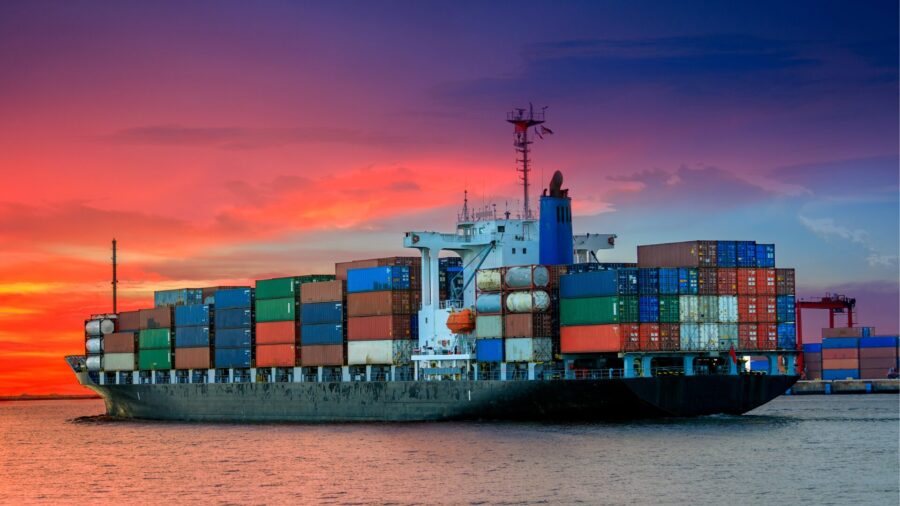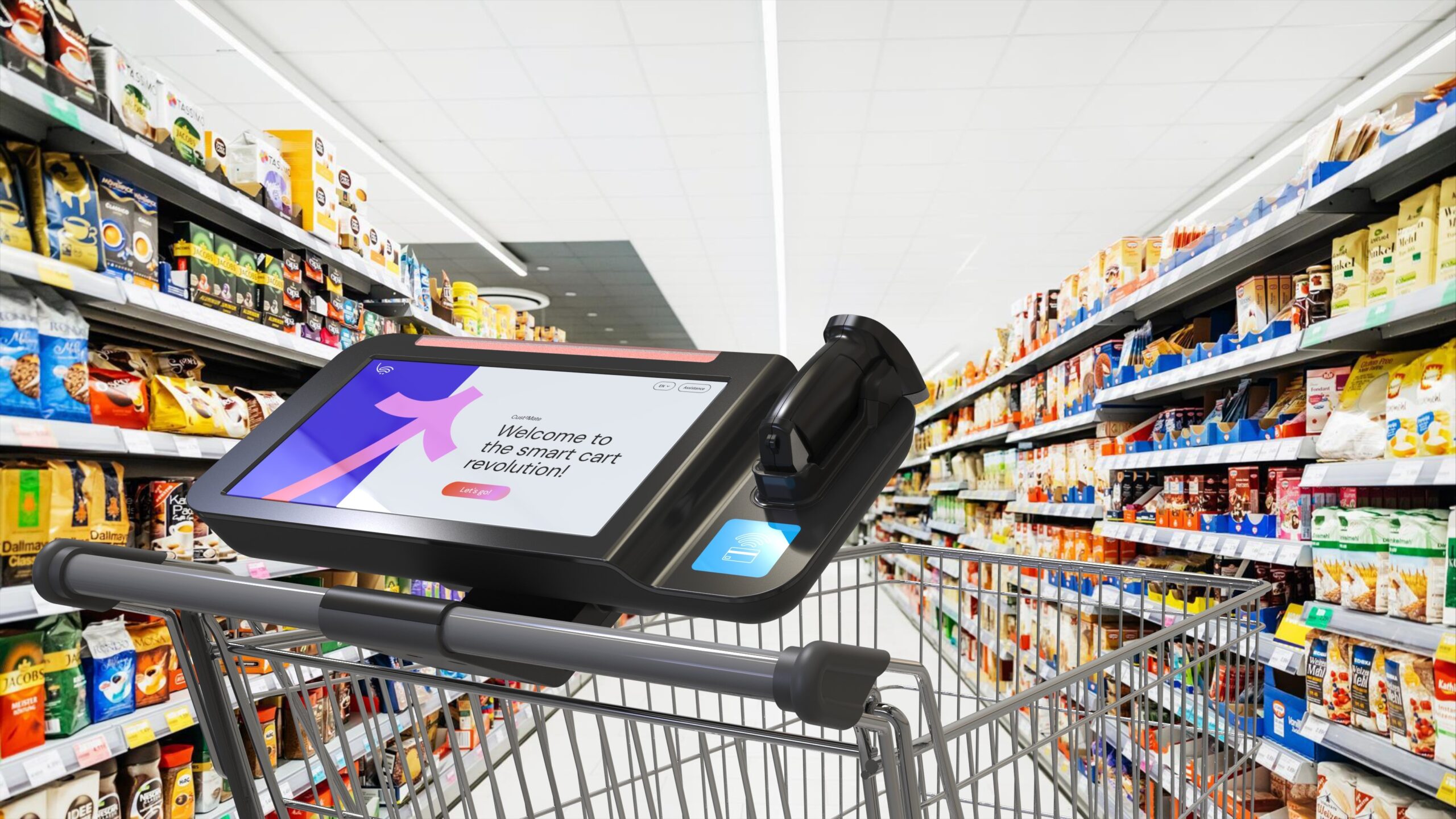Ongoing attacks on container ships in the Red Sea are causing global shipping carriers, importers, and exporters to reimagine trade routes and merchandising plans in early 2024. That said, how is this evolving dynamic impacting the food industry?
Since mid-November, Houthi militants have been attacking container ships in the Red Sea in response to the war between Israel and Palestine. In response, the U.S., UK, China, and other nations have dispatched naval forces to help safeguard ships making trips between Europe and Asia.
Overview of the Global Shipping Market
While many may immediately think back to pandemic-era supply chain issues, the current situation was unique in regards to a few factors.
“The supply-and-demand that was characterizing the pandemic supply chain disruption has been replaced with the opposite issue: there was more capacity on ships than demand in 2023. Shippers had the upper hand because ocean carriers had more capacity. That’s been largely been temporarily erased in the short-term due to the Red Sea attacks,” said Michael Murphy, senior director of global supply chain for food importer Camerican International.
Complicating the matter is China’s upcoming Lunar New Year Holiday: retailers worldwide are working to stock up on goods ahead of the 15-day holiday, according to a Reuters report. That same report noted many shippers were going around Africa, resulting in approximately $1 million in additional fuel costs per trip. Lars Jensen, CEO and partner of Vespucci Maritime and a long-time global shipping expert, corroborated this figure.
“The low-water problem in the Panama Canal has caused many Asia-to-U.S. East Coast services to be re-routed the longer way through the Suez Canal instead [of the Panama Canal] from November 2023. These now also have to go around Africa,” Jensen said in an e-mail to The Food Institute.
Jensen noted the downcycle was set to hit its bottom in 2024, but the attacks and subsequent rerouting of trade routes had changed market dynamics.
“Freight rates from Asia to Europe are rising rapidly with spot rates already having increased 150%. Rates are high, but nowhere near as high as during the pandemic disruptions. Asia-to-U.S. East Coast is also being impacted,” said Jensen on Jan. 5.
Impact of Food Supply and Trade
Currently, there does not appear to be any major food supply issues stemming from the attacks, but that could change in the future. As per Jensen, all shipping carriers were being affected, so food products were not immune to the dynamic.
“There are no specific food items that are currently being impacted, but we are preparing for it due to the negative cascading event transferring out to other trade lanes. This affects port congestion and available equipment, so this could slow down trade on trans-Atlantic and trans-Pacific passages in the future, but it remains to be seen,” said Murphy.
Jensen said present delays could last between two to three weeks, but believed as routes normalized trips from Asia to Europe around Africa would be reduced between seven and 12 days, depending on the destination port.
In comparison, delays during the pandemic were extended by 40 to 50 days.
Bracing for Future Impacts
Josh Gellert, president of Camerican International, said the global supply chain was at a better place than it had been in years, but there were also additional and possible challenges for importers and exporters in the New Year.
“The international supply chain situation remains very dynamic and fragile. The issues in the Red Sea, Panama Canal, and the threat of East Coast port labor strikes, are all examples of real and potential disruption. Camerican is managing through these issues through forward planning and close coordination with our global supplier partners and logistics providers to ensure on-time and reliable deliveries for our customers,” he said in an e-mail to The Food Institute.
Murphy said the industry could work together to help brace against future impacts by ensuring consistent communication between parties.
“Importers and exporters should be prepared to give accurate and timely forecasts. By giving this information to carriers, we can help to avoid some of the supply shocks that can hit the system,” he said.
The Food Institute Podcast
With New Years’ resolutions in full swing for January, how are consumers adjusting their diets for a healthier lifestyle? Marie Molde, a registered dietitian with Datassential, joins The Food Institute Podcast to discuss consumers’ health goals, the rise of mushrooms, emerging health-focused restaurant concepts, and the impact of GLP-1 drugs on the food industry.












